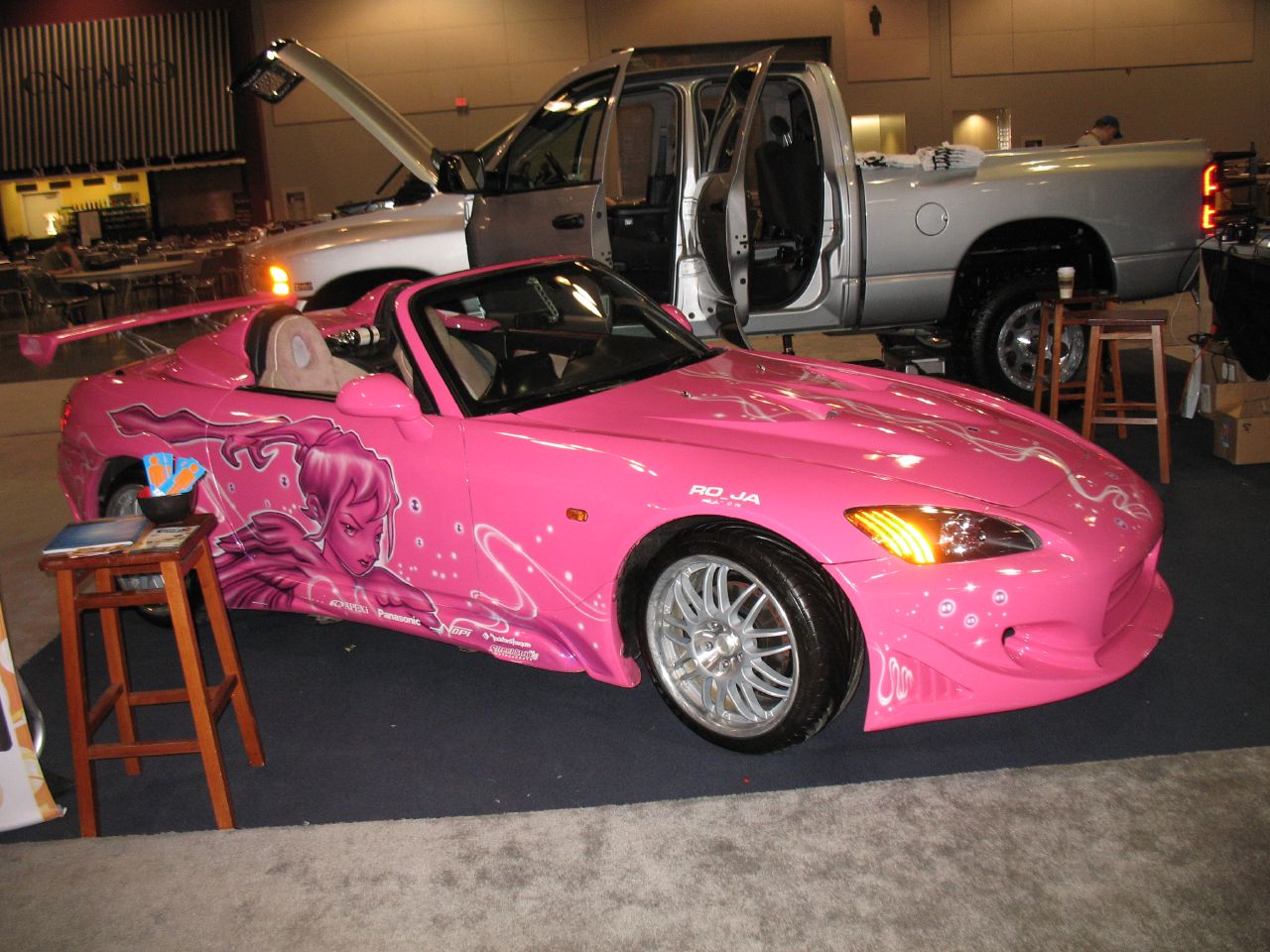No matter what drives you to paint or repaint your car-whether to reflect your personality, increase safety on the road or hide dust and dirt, there are some factors that can affect your car paint color selections apart from your own preferences.
Steps
1. Identify what colors are considered “safest.” You may feel drawn to a bold color like red, and that’s certainly an attention-grabbing hue, but it may end up costing you money. Some statistics show that red cars are involved in more accidents and are more likely to pulled over by police. Some insurance companies may charge higher premiums for colors considered “risky,” but may charge lower premiums for colors deemed safer. White, for example, is more visible at night than other colors. Even safer than white may be silver, which is also highly visible. It’s estimated that silver cars are involved in 50 percent fewer injury accidents than even white cars.
2. Research the emotional and psychological impact of color, and consider the image you want to project with your car. Do you want to stand out? Be seen as sophisticated? Or would you rather blend in and not be noticed? Every color conveys a specific emotion or image, both to the driver and to other motorists. Want to grab attention? Go for red. Want to project an image of wealth and class? Consider black. Or, if you just want to keep a low profile on the road, opt for a neutral color like beige or tan.
3. Seek authenticity in your choice of paint color if you’re repainting a classic or vintage car and historical accuracy is important to you. Auto paint colors have changed slightly over the years, and what’s popular now may not fit a car from another decade. These shades may be more difficult to track down, but are essential if you have a classic car you plan to show.
4. Find out what colors are the most popular. Just as in any other area, from fashion to interior design, trends in car colors come and go. Researching what’s currently “hot” for car colors can alert you to new colors, give you an idea of what’s the most common and help you generate ideas for how you want your car to look. You may wish to stick with what’s currently “in,” or you may use this information to choose a color that will set you apart.
5. Match the color to the style of car. The model of your car is an especially important factor. Bright colors like red and yellow looks great on a sports car, but may clash with the more conservative style of a sedan, for example. Try to find a color that not only reflects your personality, but also fits the kind of car you drive.

How to make car paint color choice an easy task
by
Tags:
